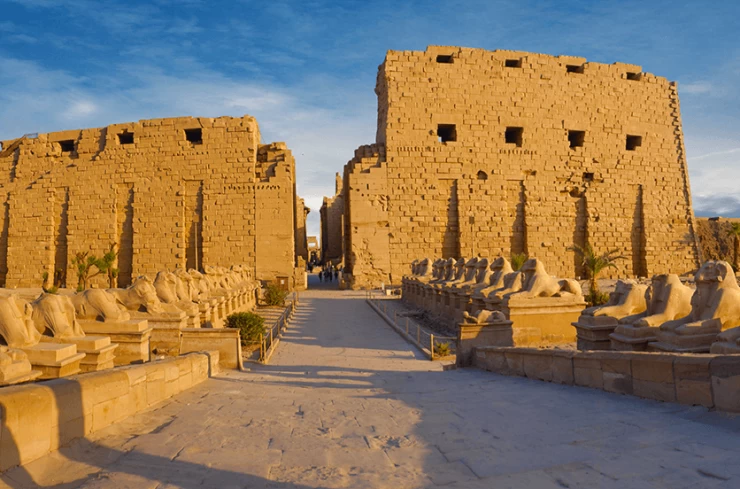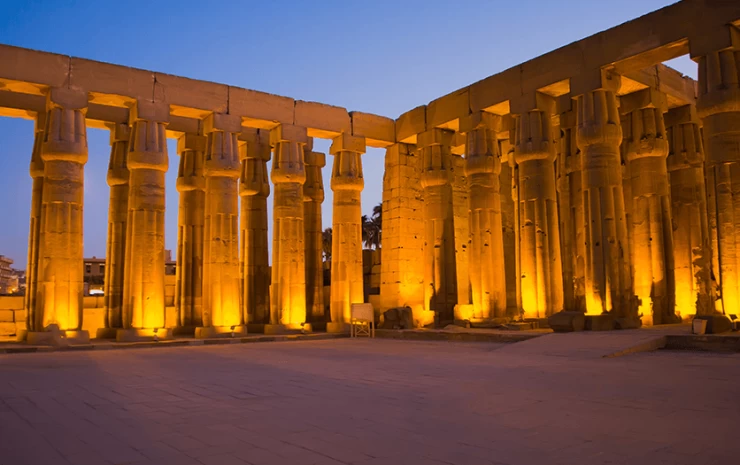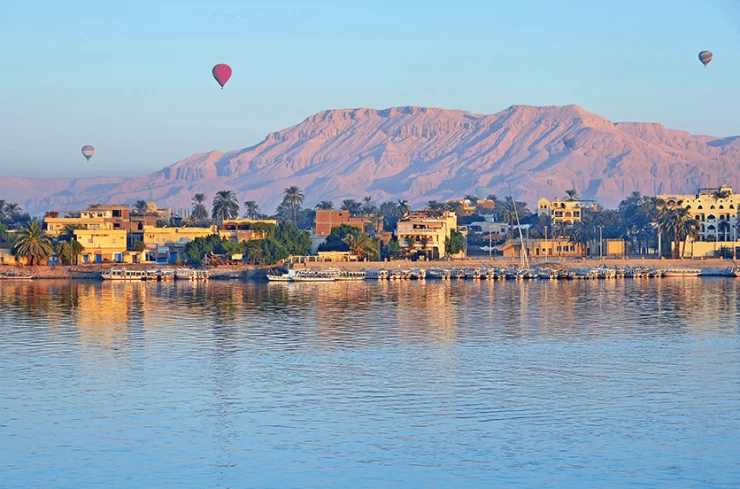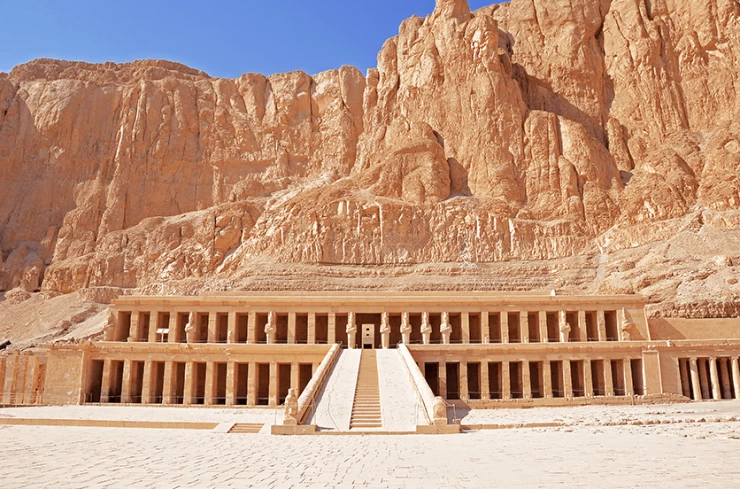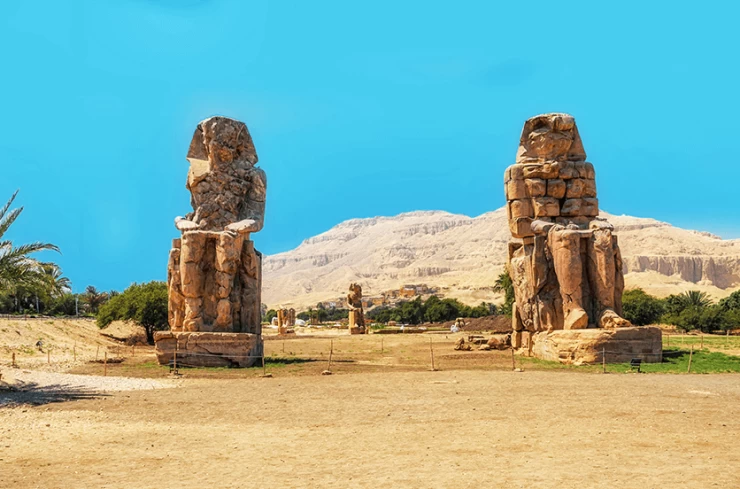The guide will be waiting for you in the hotel lobby in the morning to pick you up and provide you with information about the Valley of the Kings, which was chosen for several reasons. The secluded nature of this valley was another reason why it was chosen as the last resting place for the kings. Tombs were stolen in ancient times, as happened in the Old and Middle Kingdom pyramids, and to avoid that fate, they chose hidden underground tombs in a secluded desert valley. The first New Kingdom ruler to be confirmed buried in the Valley of the Kings was Thutmose I (c. 1504 - 1492 BC), the third king of the 18th Dynasty. 1492 BC), the third king of the 18th dynasty.
You will be taken to the temple of El Deir El Bahri following your tour of the Valley of the Kings. This location, which lies on the west bank of Thebes, is known in Arabic as Deir el Bahari, or the "Northern Convent," since there used to be a convent in the temple of Hatshepsut.
The site of the Bahari monastery was sacred because it was associated with the goddess Hathor, patron goddess of the kings of Egypt, including the god Horus, the first mythical ruler of Egypt, and the personification of this goddess was believed to be in the same hills whose shadow falls over the temple of Hatshepsut. You will see the two statues of Memnon.
The reason for the name ‘Memnon’ is due to a funny story, which is that when the two statues were cracked in ancient times in the era of the Greeks, especially the left statue, they emitted sounds like sad singing because of the passage of air through those cracks, so the Greeks said that these sounds were the crying of the mother of the hero ‘Memnon’, who was killed by Achilles in the Trojan Wars, hence the name Memnon, and because of these sounds, the two statues were among the most famous landmarks in ancient times.
You will then be transferred back to your hotel in Hurghada
Meals: Breakfast and Lunch



